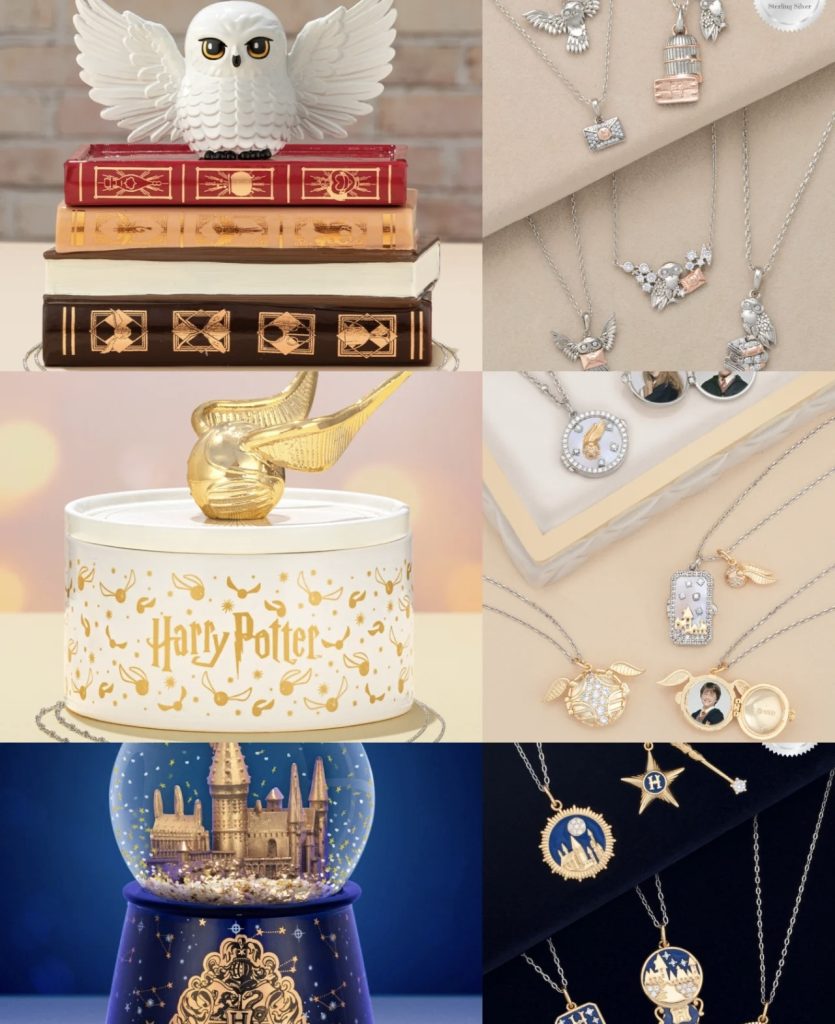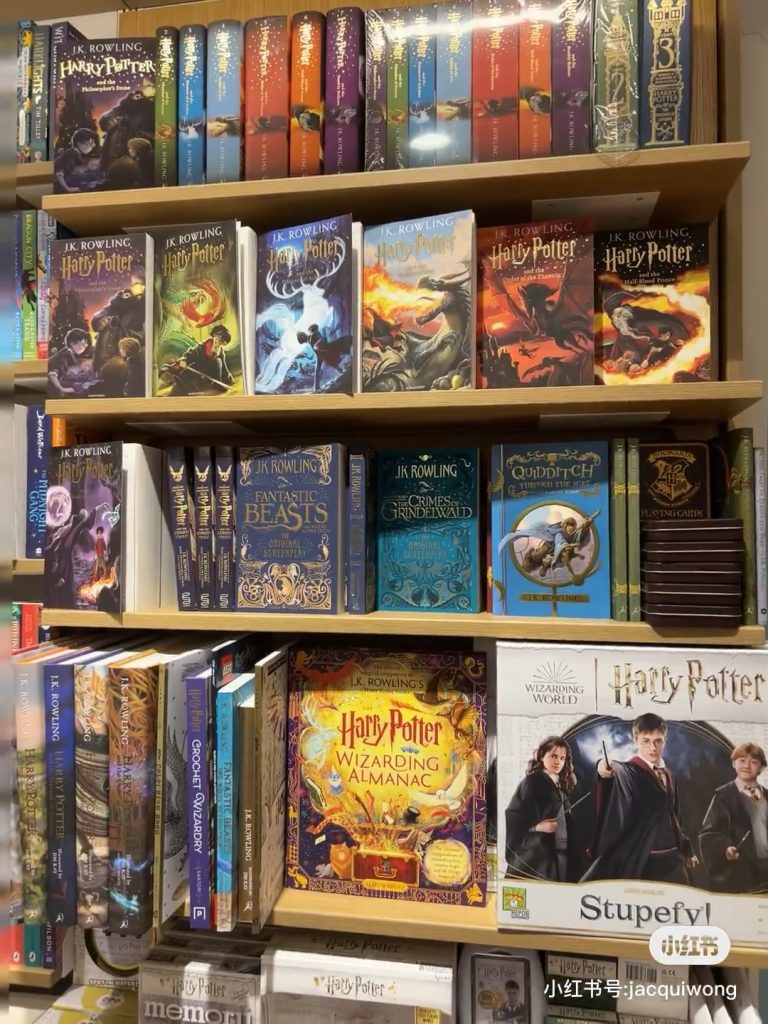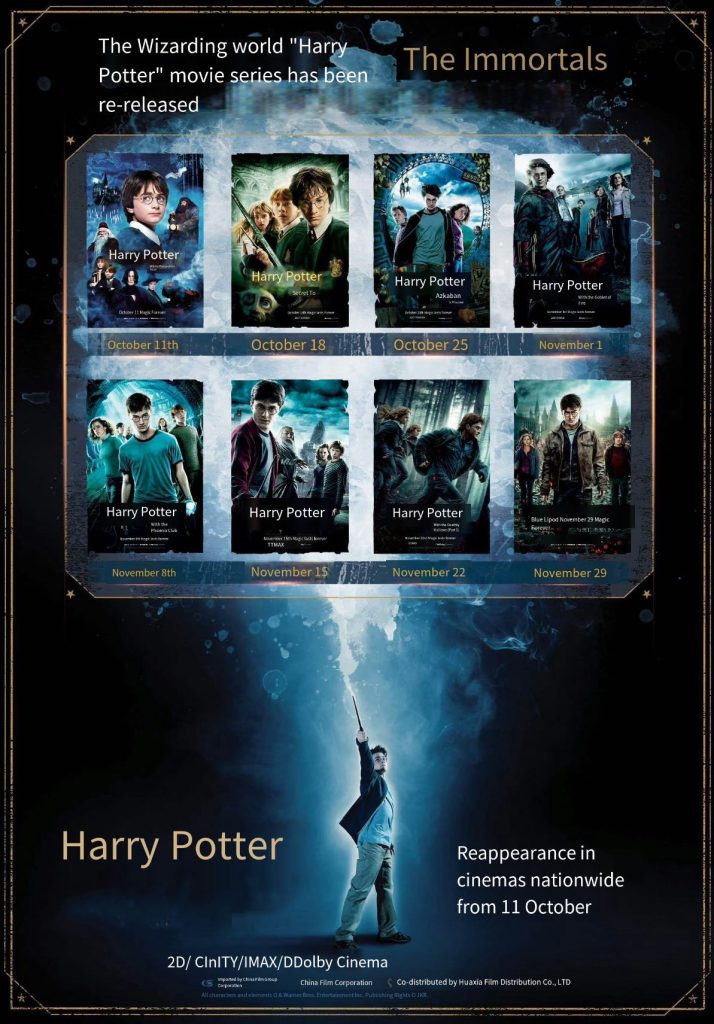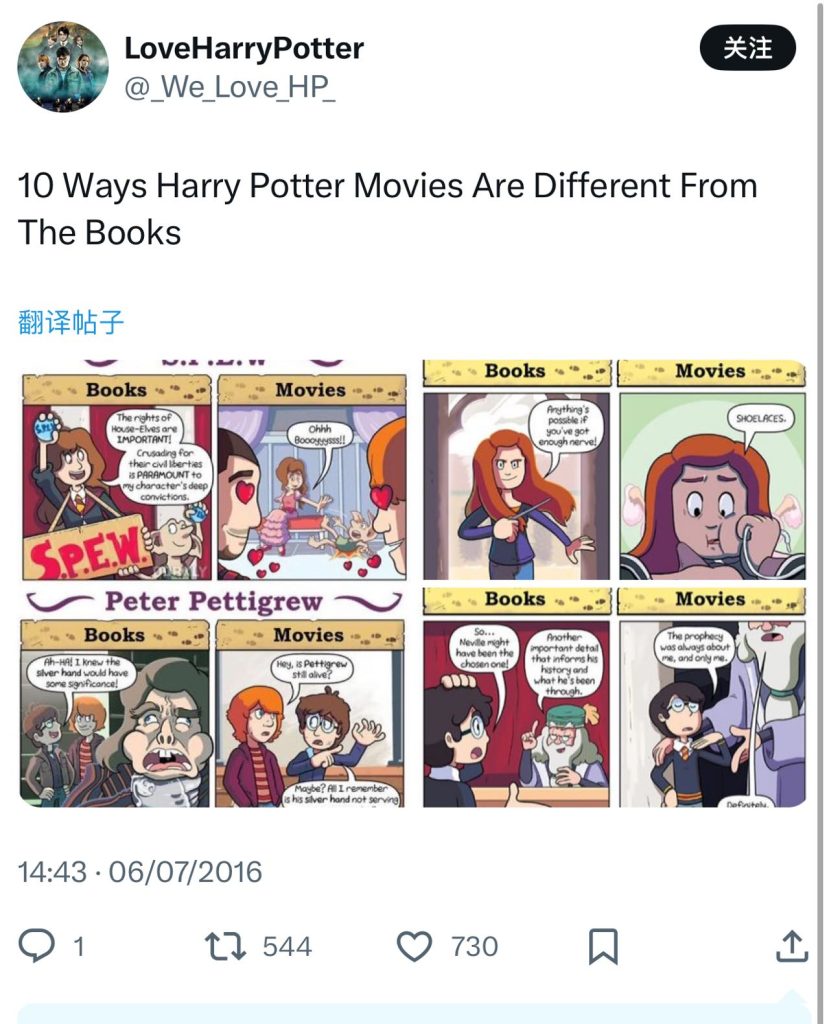Greetings to all, in this blog post, I aim to conduct an analysis of the cultural industry by exploring the business model associated with the Harry Potter film franchise.
Cultural industries are industries that achieve economic benefits by creating, producing and disseminating cultural products.
On Oct 11 this year, the full Harry Potter series was re-released on the Chinese mainland. Because of this opportunity, in this blog, I want to talk to you about the cultural industry with the world-famous IP of Harry Potter.
Harry Potter as a strong IP, its business model has many key features, such as cross-media development. In addition to the movies, the Harry Potter story has also expanded into books, plays, videos, games, merchandise and theme parks. This diversified product line has greatly enhanced the overall value of IP. At the same time, the film franchise has grossed more than $7 billion at the global box office, and there are other sales methods and other channels to further increase its commercial revenue.





However, despite the huge success of the Harry Potter series, it also reflects some problems and concerns related to business in the cultural industry.
So like many cultural projects, film is a combination of commercial and artistic elements (Delmestri, Montanari, and Usai, 2005). Too much commercialization may lead to a contradiction between its commercialization and artistry, because the cultural industry is often prone to put commercial interests above artistic creation, which may lead to a reduction in the quality of works.
At the same time, the film industry represents an area of entertainment marketing and cultural consumption (Holbrook, and Addis, 2008). The success of the film has also promoted a large-scale consumption culture, in which fans are encouraged to buy peripheral goods to express their loyalty to the brand. Such a consumption culture may lead to individuals’ excessive pursuit of material goods, while ignoring the depth and value of cultural content itself.


Harry Potter wands in Universal Studios and are being
sold on second-hand websites in China
Although the cultural industry provides opportunities for individuals to identify through consumption, such identification is often based on the dependence on brands, which may lead to the uniformity of consumers’ cultural expression and the passive acceptance of the audience when consuming cultural products, which will weaken the audience’s critical thinking and lead to the lack of diversified voices in the communication of cultural products.
Therefore, through the analysis of the business model of Harry Potter film, it can be seen that while creating economic value, the cultural industry also faces many problems and concerns. In the future cultural industry, it should pay more attention to the balance between artistic value and commercial interests, promote the diversity and in-depth development of culture, so as to achieve a more healthy and sustainable cultural ecology.
Reference
Delmestri, G. Montanari, F. and Usai, A. (2005). Reputation and strength of ties in predicting commercial success and artistic merit of independents in the Italian feature film industry. Journal of Management Studies, 42(5), 975-1002.
Holbrook, M. B. and Addis, M. (2008). Art versus commerce in the movie industry: A two-path model of motion-picture success. Journal of Cultural Economics, 32, 87-107.
http://xhslink.com/a/iuGYNeFZfHPX
http://xhslink.com/a/REGPL3nHuHPX
https://www.hogwartslegacy.com/en-us
http://xhslink.com/a/ApKerIBbzHPX





Harry Potter is my absolute favourite series – nothing will ever beat it for me. I like the structure your post has taken, in that it follows explaining about the culture industry, moving onto explaining a problem within it. The pictures are informative as well, and I like how you’ve said that people are “ignoring the depth and value of cultural content itself”, because I do agree with you. I bought a Hermione Granger wand, and it was plastic. There was a value to it at the time, but then it broke and it lost any value. Then, I wanted a proper wooden one, because it looked better, so I focused more on the look rather than what it meant to have an actual wand!
If I were to give any tips on improvement, my first sort of confusion is on what “IP” is. It’d be great if you could state what it is, and then possibly say that you’ll refer to it as “IP” throughout the blog! Secondly, I believe you can relate it a bit more to Harry Potter itself. You’ve put pictures and bits like that, but not truly linked it when talking about the problems it faces until the last paragraph. In what ways have people ignored the depth and the value? In commercial interests, how does Harry Potter put this above artistic creation?
Overall though, a really lovely post.
Thank you very much for your comments, comments have given me a lot of new thinking direction, I will refer to your suggestions in the next blog to continue to improve!